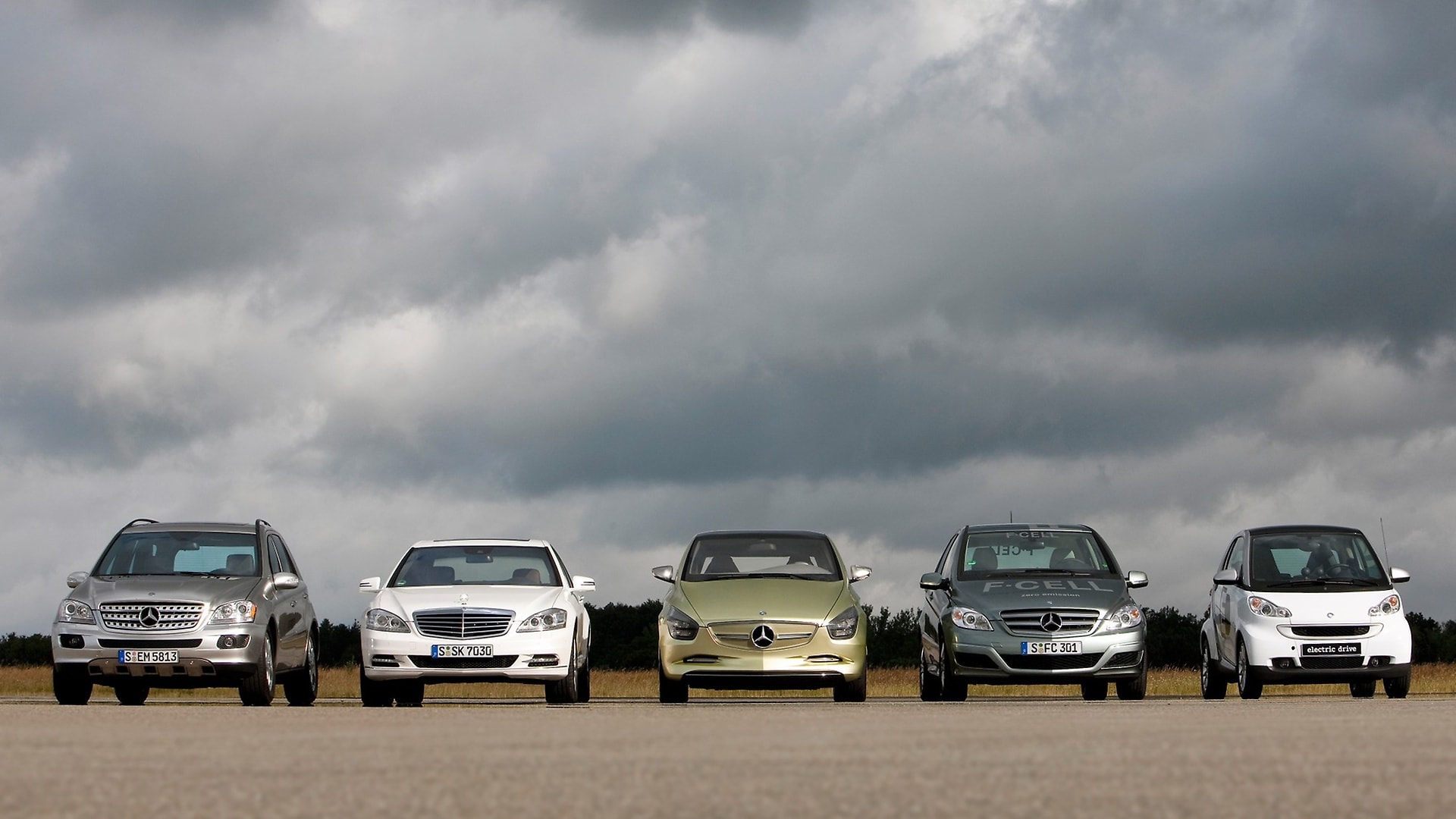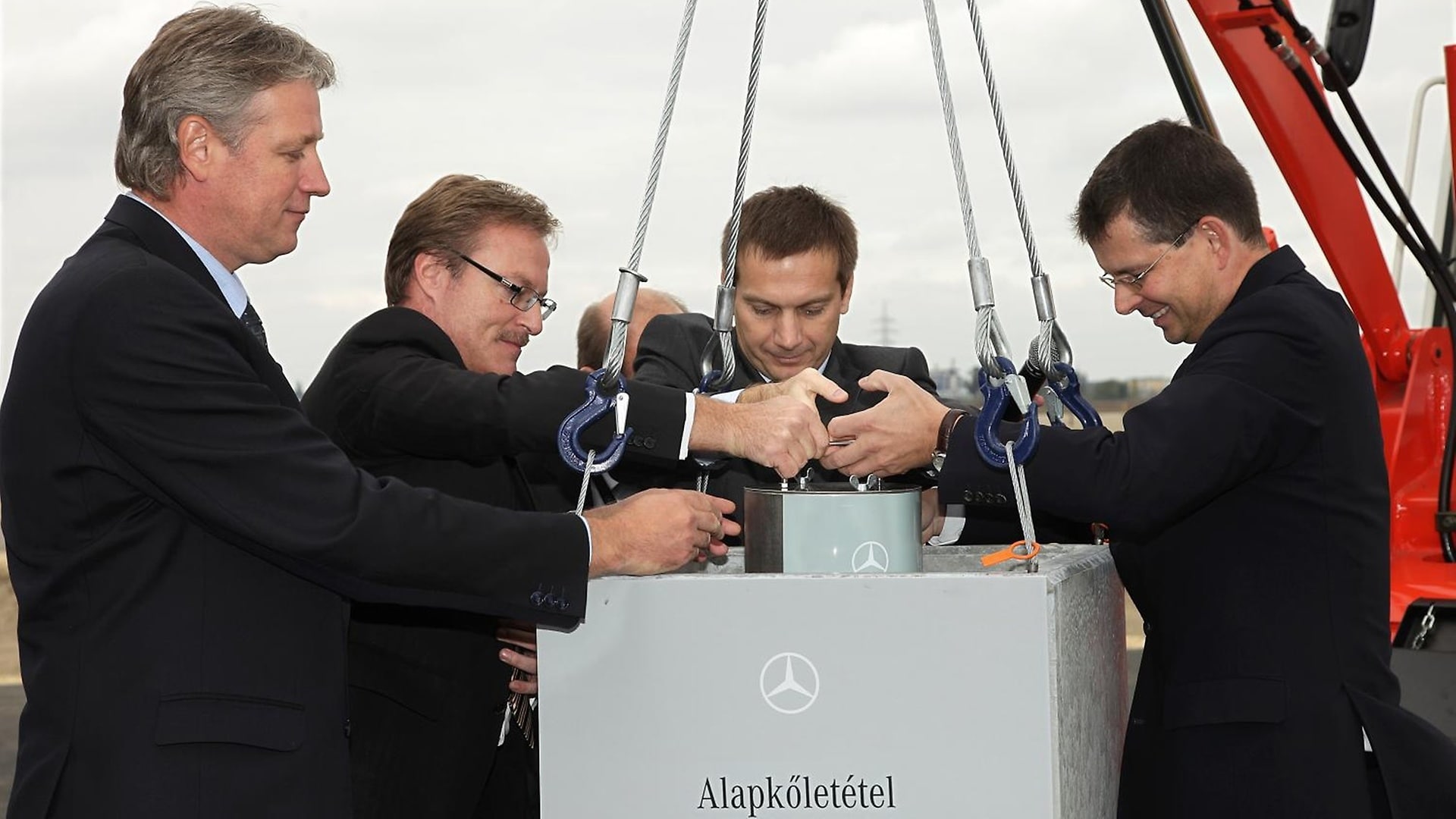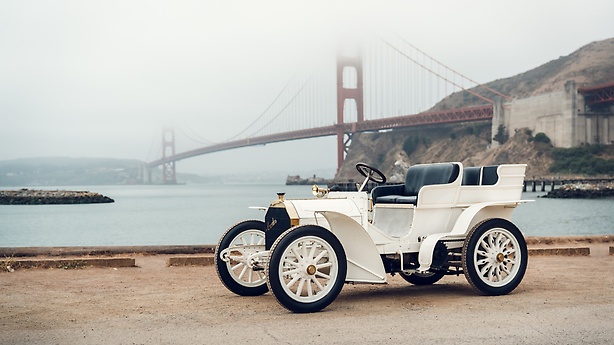Not only passenger-car production but also commercial-vehicle production has been able to repeat earlier successes. In 2007 the 500,000th Mercedes-Benz Actros rolled off the assembly line. To date, no heavy-duty truck model in Europe has been built more often. As in the passenger-car sector, Daimler AG also has endeavoured to speed up the internationalisation of the commercial-vehicle range. For this purpose, new factories in Charleston, South Carolina, and Saltillo, Mexico, were built.
This enabled Daimler AG to significantly strengthen its competitive position in the North American market. At the Mexican plant alone, around 30,000 Freightliner Cascadia models are built each year. The heavy-duty truck based on a completely newly developed platform sets new standards for fuel efficiency. In future growth markets too, expansion was further intensified with the help of strategic alliances and joint ventures, for example the cooperation with Russian truck maker Kamaz.
Even after 125 years, Daimler AG carries on the pioneering spirit and outstanding quality standards of the original founders and sets the pace in the international automotive industry with high-quality, technologically innovative products.
,xPosition=0,yPosition=0.5)


,xPosition=0.5,yPosition=0)
,xPosition=0.5,yPosition=0)
,xPosition=0.5,yPosition=0)